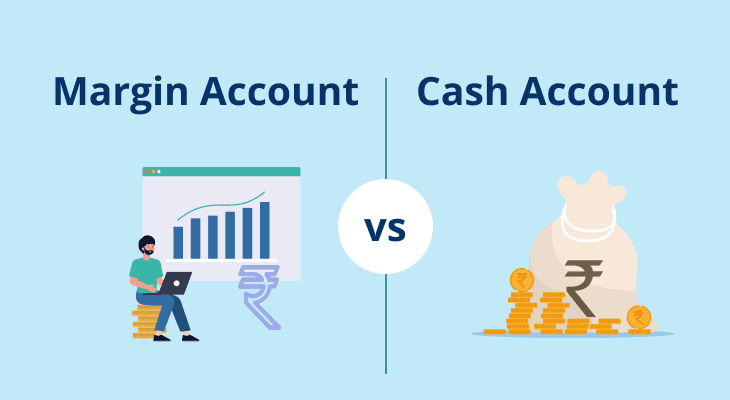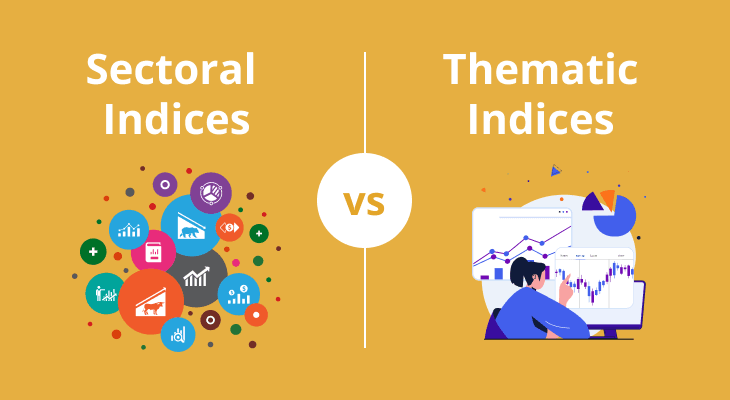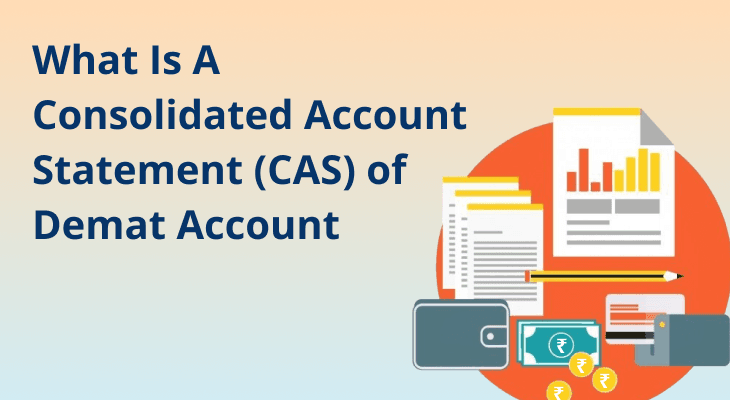
How to Convert Physical Shares into Demat
If you’re looking for information on how to convert physical shares into demat form, then you’ve come to the right place. Through this article, we will explain how to convert old share certificates into demat and the importance of doing so.
Introduction - Why do you need a Demat Account?
A demat account is required in India to hold shares and securities in an electronic format, as opposed to holding physical certificates. This makes buying, selling, and trading equity shares more efficient and convenient. It also eliminates the need for the safekeeping of physical certificates and reduces the risk of them being lost or stolen. Additionally, shares held in a demat account are easily transferable, which makes the process of buying and selling shares more streamlined.
SEBI (Securities and Exchange Board of India) introduced the concept of dematerialisation in India in 1996. In this process, you convert physical shares into a demat format, which is held in a demat account. The National Securities Depository Limited (NSDL) was set up by SEBI in 1996 as the first central securities depository in India to facilitate dematerialisation of securities. Subsequently, the Central Depository Services Limited (CDSL) was also set up in 1999 as the second central securities depository in India.
What Are the Steps to Convert Physical Share to Demat?
Now that you know the background and importance of a demat account, let us understand how to convert old shares into demat.
Step 1 – Open A Demat Account With A Depository Participant (DP)
A DP acts as an intermediary between you and the SEBI registered depository. If you don’t already have an active account then you need to open a demat account with a Depository Participant of your choice. This is a fairly simple and straightforward process and can be achieved online in a matter of a few minutes.
Step 2 – Complete The Dematerialisation Request Form (DRF)
Once you have an active account, you can request to convert physical shares to demat form. For this, you will need to fill out a DRF and surrender your physical shares to your DP. Note: Fill the form carefully, ensuring there is no mismatch of information (like name, DP ID, etc.) to avoid rejection or delays in processing.
Step 3 – Surrender The Shares For Scrutiny
The DP will verify the details and stamp the certificates before sending the share certificates to the Registrar and Share Transfer Agent (RTA) of the respective company. It will also generate a Dematerialisation Registration Number (DRN) that will be tagged to your request. After the company confirms the dematerialisation request, the shares will be credited to your demat account.
Conclusion
Now you know how to convert physical shares into demat with the support of your DP. It is important to note that before dematerialising the shares, ensure that the shares are in order and are not in dispute. Also, check the charges that DP may charge for the process as some may charge a nominal fee for this service.
FAQ
Is it necessary to convert physical shares into demat?
Yes. As per SEBI’s guidelines, it is mandatory to have all shares in an electronic format in order to trade them. For this, you need a Demat Account to hold your securities digitally, and a Trading Account to buy or sell stocks. Both of these can be conveniently opened online.
I have old physical shares. Can I still convert these old shares into demat?
Yes, you can still convert old physical shares into demat. In fact, it is highly recommended you do so at the earliest. But before doing so you should check if the company in which you hold the shares is still listed on the stock exchange and is actively traded. If not, the shares may be considered "unlisted" and may not be eligible for dematerialisation. For actively traded stocks, you can refer to the earlier section that details the necessary steps on how to convert physical shares into demat.
How much time does it take to convert physical shares to demat?
The time it takes to convert physical shares to demat can vary depending on the company and the process followed by the depository participant (DP). Typically, it can take anywhere from a few days to a few weeks to complete the process. Once the DRF is submitted along with the physical share certificates to the DP, it typically takes 2-3 working days for the DP to verify the details and stamp the certificates. Then there is the time taken by the company to confirm the demat request for its shares. Any errors in your documentation can cause further delays. It is best to check with the DP and the company for more specific information on the expected timeline.


